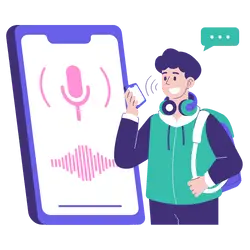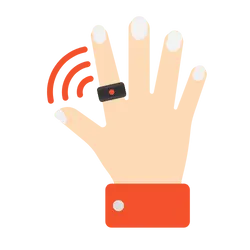Introduction: The Future of Transportation in Mumbai
Is Mumbai ready for a transportation revolution? The question isn’t just a futuristic dream—it’s happening right now. With the city facing massive congestion and pollution, the need for better public transportation has never been more urgent. From the iconic local trains to the ambitious metro projects, Mumbai is on the verge of a transport makeover that could change how its residents get from one place to another.
The Current State of Transportation in Mumbai
Every Mumbaikar knows the pain of traveling during peak hours. Whether you’re squeezing into a crowded local train or navigating the snarled traffic of the Western Express Highway, the city’s public transport system has long been stretched thin. Despite its problems, Mumbai’s existing infrastructure, such as the famous ‘Mumbai local,’ remains the lifeline for millions. But even then, the local train system, while iconic, is plagued by overcrowding and delays. How long can this work for one of the world’s most densely populated cities?
Here’s where the future comes into play. Over the past decade, the government has begun ramping up efforts to transform Mumbai’s transport landscape. New metro lines, bus lanes, and innovative mobility options are all part of a bigger plan to create a smarter, cleaner, and more efficient transportation system.
Metro: The Game Changer
For decades, the idea of a metro system was little more than a pipe dream for Mumbaikars. But fast forward to today, and Mumbai’s metro network is expanding rapidly, with multiple lines already under construction or in planning. The newly operational Metro Line 2A and Line 7 are already making a difference. These projects promise to connect crucial parts of the city, from the western suburbs to key commercial hubs in the city center.
In fact, one of the most impressive aspects of the metro system is its ability to alleviate the strain on local trains. With metro stations in areas that were previously underserved, commuters can now travel faster and more comfortably. Take the example of the Versova-Ghatkopar Metro Line, which has dramatically reduced travel times between the suburbs and Andheri, one of Mumbai’s busiest commercial areas.
Electric Buses and the Green Revolution
If the metro is transforming underground travel, then electric buses are set to revolutionize surface transport. In a city notorious for its air pollution, the idea of cleaner, greener buses is an appealing one. The Mumbai Metropolitan Region Development Authority (MMRDA) has already begun introducing electric buses, and in a few years, they plan to replace a significant chunk of the city’s aging fleet.
Electric buses will reduce the city’s carbon footprint, decrease traffic congestion, and improve air quality. But this is just the beginning. Imagine a future where buses equipped with electric technology run efficiently, making transportation not just faster but environmentally friendly as well. For cities like Mumbai, where pollution is a major concern, these green buses could be a breath of fresh air—literally.
Pedestrian-Friendly Urban Planning
Of course, the future of public transportation isn’t just about trains, buses, and metros. It’s also about making the city more walkable. For years, Mumbaikars have battled narrow sidewalks, dangerous pedestrian crossings, and an overall lack of infrastructure that prioritizes people over vehicles.
But a shift is happening. In recent years, the city has started investing in pedestrian-friendly projects, from wider footpaths to better street lighting. Local authorities have been pushing to make areas like CST Station and Colaba Causeway more accessible for pedestrians. And while there’s a long way to go, these initiatives show that Mumbai is not just focused on improving vehicles—it’s also focused on making the city a better place to walk.
What Does the Future Hold?
The big question: Will all these efforts come together to create a truly seamless transportation system in Mumbai? The answer depends on how well various projects are integrated. For example, it’s crucial to connect the metro lines with bus services and promote last-mile connectivity—things like shared rides or cycle rentals that can bridge the gap between a metro station and your final destination.
Additionally, there’s the challenge of public-private partnerships. Companies like Ola and Uber have already transformed how people get around the city, but the integration of these ride-sharing services with public transportation is still a work in progress. Ideally, commuters should be able to use one app to plan their entire journey, from a metro ride to an electric bus to a shared ride home.
Conclusion: Is This the Start of a New Era?
As Mumbai’s public transportation system continues to evolve, the city is at a crossroads. The goal is not just to reduce congestion and pollution but to create a city where getting from Point A to Point B doesn’t require endless hours spent in traffic. If the ambitious plans for the metro, electric buses, and pedestrian-friendly initiatives come to fruition, the result could be a more liveable, efficient, and greener Mumbai.
For now, we can only hope that the city’s transport transformation keeps up with its rapid growth. The future might just be one where Mumbai’s residents finally experience the luxury of a smooth, stress-free commute. Until then, the journey continues, and Mumbaikars will keep navigating their way through the daily hustle and bustle—with a bit more optimism about the future of the city they call home.


